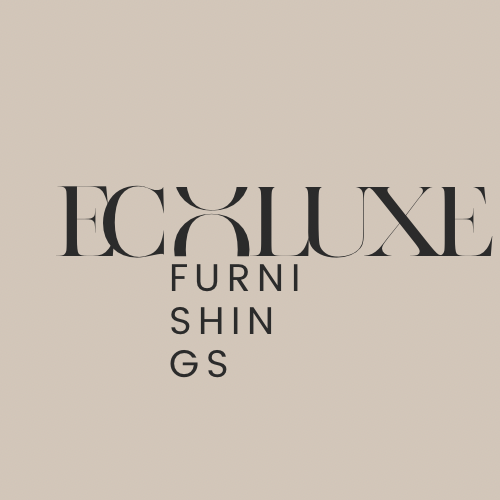
Dopamine-Boosting Home Decor
In recent years, interior design has taken on a new purpose beyond aesthetics. Designers are now using their skills to create spaces that promote health and wellbeing, and one area that has received increased attention is the impact of design on the brain's chemistry. Specifically, designers are exploring how spaces can be designed to stimulate dopamine, a neurotransmitter that plays a vital role in mood, motivation, and pleasure.
Dopamine is often referred to as the "feel-good" neurotransmitter, and it is associated with a range of positive emotions, including happiness, contentment, and satisfaction. It is released in response to pleasurable experiences, such as eating a delicious meal or receiving a compliment, and it motivates us to seek out similar experiences in the future.
Designers can use various techniques to stimulate dopamine release in the brain. For example, incorporating natural elements like plants and water features can create a calming environment that encourages relaxation and reduces stress. Similarly, introducing elements of surprise or novelty, such as unexpected pops of color or unique design details, can trigger a sense of excitement and pleasure.
Lighting is another crucial factor in dopamine-boosting design. Exposure to natural light has been shown to increase dopamine production, which is why many designers prioritize maximizing natural light in their projects. Additionally, using warm, ambient lighting in spaces like bedrooms and living rooms can create a cozy, inviting atmosphere that promotes relaxation and comfort.
Finally, designers can also use color psychology to stimulate dopamine release. Colors like yellow and orange are associated with happiness and optimism, while shades of blue and green are calming and soothing. By selecting colors that evoke positive emotions, designers can create spaces that promote feelings of joy and contentment.
Interior design has the power to shape our emotions and influence our brain chemistry. By incorporating elements that stimulate dopamine release, designers can create spaces that promote feelings of happiness, relaxation, and motivation. As more people prioritize their mental health and wellbeing, the demand for dopamine-boosting design is only likely to grow.
Dopamine is often referred to as the "feel-good" neurotransmitter, and it is associated with a range of positive emotions, including happiness, contentment, and satisfaction. It is released in response to pleasurable experiences, such as eating a delicious meal or receiving a compliment, and it motivates us to seek out similar experiences in the future.
Designers can use various techniques to stimulate dopamine release in the brain. For example, incorporating natural elements like plants and water features can create a calming environment that encourages relaxation and reduces stress. Similarly, introducing elements of surprise or novelty, such as unexpected pops of color or unique design details, can trigger a sense of excitement and pleasure.
Lighting is another crucial factor in dopamine-boosting design. Exposure to natural light has been shown to increase dopamine production, which is why many designers prioritize maximizing natural light in their projects. Additionally, using warm, ambient lighting in spaces like bedrooms and living rooms can create a cozy, inviting atmosphere that promotes relaxation and comfort.
Finally, designers can also use color psychology to stimulate dopamine release. Colors like yellow and orange are associated with happiness and optimism, while shades of blue and green are calming and soothing. By selecting colors that evoke positive emotions, designers can create spaces that promote feelings of joy and contentment.
Interior design has the power to shape our emotions and influence our brain chemistry. By incorporating elements that stimulate dopamine release, designers can create spaces that promote feelings of happiness, relaxation, and motivation. As more people prioritize their mental health and wellbeing, the demand for dopamine-boosting design is only likely to grow.

